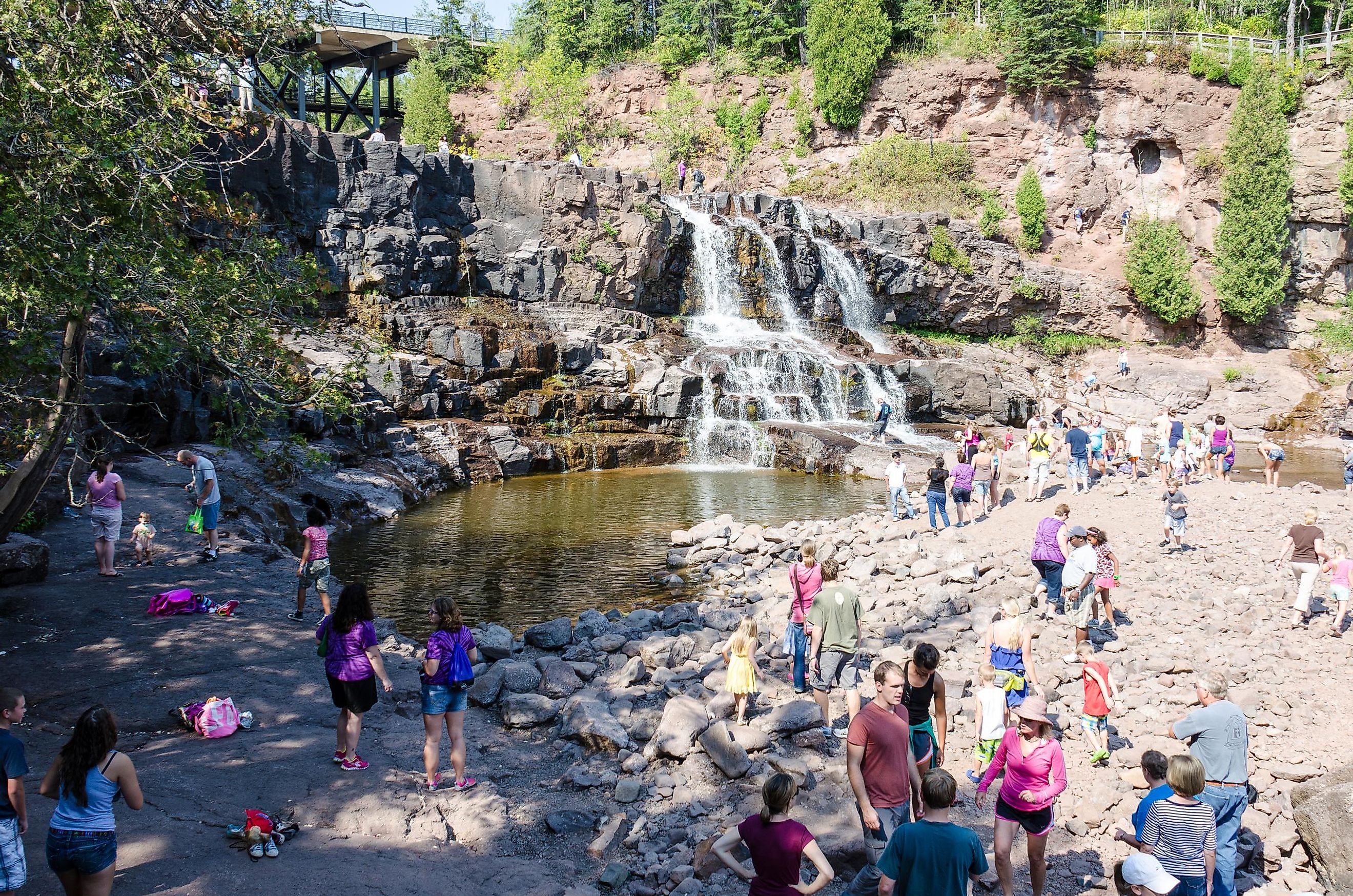
12 Amazing Minnesota Day Trips That Are Worth The Drive
Minnesota, known for its vibrant Twin Cities of Minneapolis and St. Paul, attracts many with its dynamic mix of culture and metropolitan conveniences. Yet, stepping beyond these urban centers opens up a world of diverse experiences—from serene natural settings to quaint historic towns—accessible within a few hours' drive. Each of these excursions offers proximity to Minneapolis, allowing both locals and visitors to easily explore the state's scenic vistas and cultural gems.
From the majestic Boundary Waters Canoe Area Wilderness in the north to the rolling landscapes and historic sites in southern Minnesota, these day trips provide a perfect blend of outdoor adventure, cultural enrichment, and relaxation. Whether you're looking to paddle across pristine lakes, explore geological marvels, or indulge in the rich historical tapestry of the region, Minnesota's 12 best day trips promise unforgettable experiences just a short journey from the heart of the Twin Cities.
Minnehaha Park
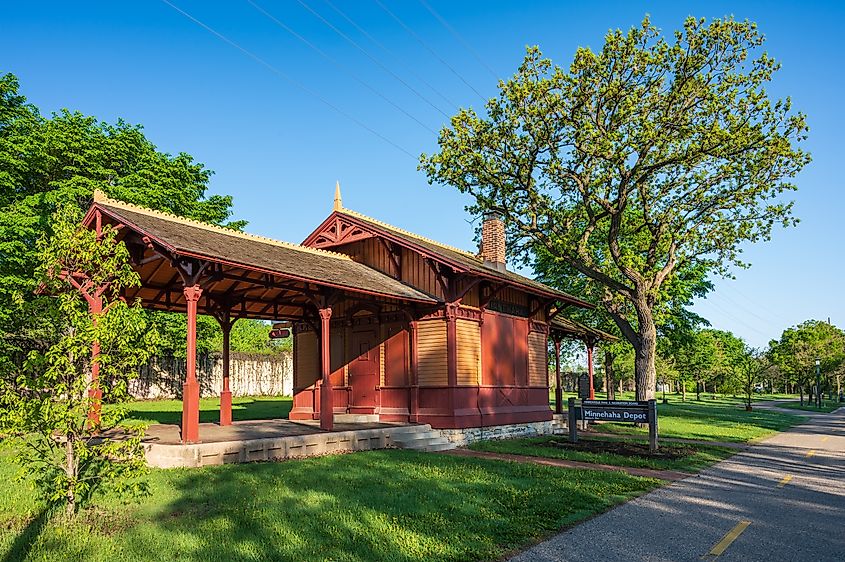
Minnehaha Park is a 20-minute drive from central Minneapolis and St. Paul. The park's highlight, the striking Minnehaha Falls, cascades 53 feet into a limestone gorge, showcasing a dynamic example of riverine erosion and the underlying geologic layers that tell the region's natural history.
The park's riparian zones along the banks of Minnehaha Creek play a crucial role in supporting the local ecosystem, offering both food sources and shelter for numerous species. This area is particularly beneficial for educational outings, where visitors can observe the interactions within these ecosystems firsthand. Furthermore, the park's extensive network of trails encourages physical activity and offers ample opportunities for bird watching, nature walks, and environmental photography, thereby enhancing visitors' understanding of urban ecological dynamics.
Stillwater
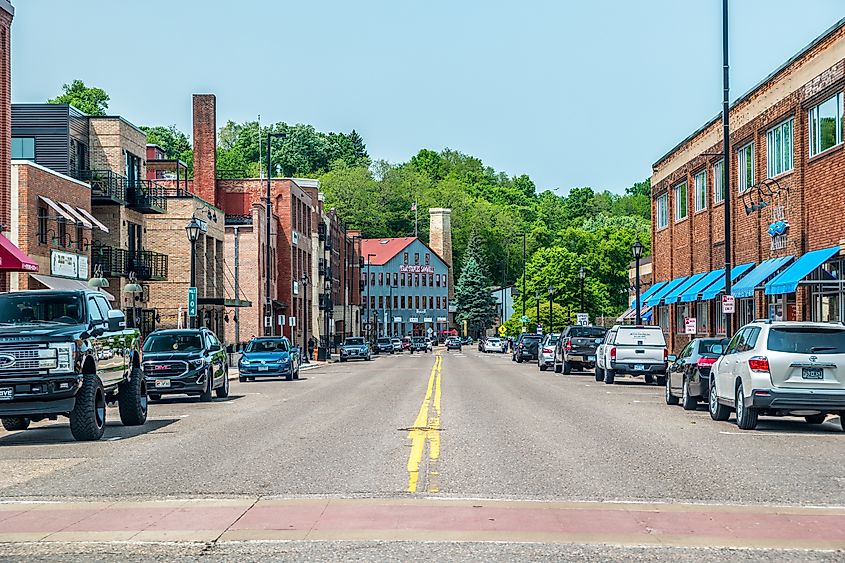
Stillwater, positioned on the scenic banks of the St. Croix River, is just a 30-minute drive from the metropolitan area serviced by the Minneapolis-Saint Paul International Airport. The city is particularly notable for its well-preserved 19th-century architecture, which offers a window into the region's developmental era during the lumber industry boom. This historical layer adds a cultural dimension to the visit, and you can experience it firsthand on the historic main street or in the Warden's House Museum, an ex-residence of wardens built in 1853. Moreover, the St. Croix River itself is a critical component of the St. Croix National Scenic Riverway, highlighting the importance of river ecosystems in urban planning and conservation efforts.
The natural surroundings of Stillwater, characterized by the dramatic bluffs along the river, create a visually stunning landscape that invites exploration and photography. These bluffs result from geological processes involving sediment deposition and erosion over millennia, which have shaped the unique topography of the area. This setting not only provides spectacular views but also opportunities for studying geomorphological features and their ecological implications. For those interested in the interplay between geology and biology, the region’s diverse habitats support a variety of wildlife, particularly avian species, which can be observed in their natural settings.
Boundary Water Canoe Area Wilderness
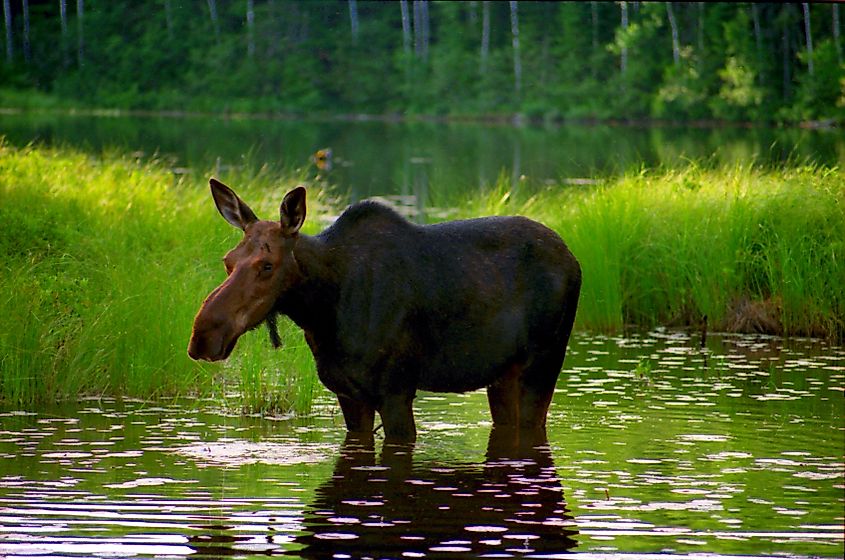
Boundary Waters Canoe Area Wilderness (BWCAW) is located approximately three hours north of Minneapolis, and spans over a million acres along the U.S.-Canada border. This area is renowned for its intricate network of lakes and rivers, set within a landscape shaped by glacial activity, which carved out the region’s topography thousands of years ago. The geological history is evident in the area's rugged terrain, featuring rock formations and outcrops that are critical for understanding the Earth's glacial past. As a protected wilderness, it offers an unparalleled opportunity to engage in canoeing, hiking, and wildlife observation in an environment that has been preserved to maintain its natural state.
The ecological value of the BWCAW is immense, functioning as a significant biodiversity hotspot within North America. It supports a wide array of flora and fauna, including species that are reliant on large, undisturbed tracts of land. The mix of boreal forests, wetlands, and aquatic systems creates a complex ecosystem where ecological processes can be observed without the interference typical of managed landscapes. This wilderness area serves as an important natural laboratory for environmental studies and conservation science, offering insights into natural resource management and ecological resilience. Additionally, its dark sky designation makes it an exceptional spot for stargazing, further enhancing its appeal for scientific exploration and outdoor recreation.
Duluth and Lake Superior

Duluth is a gateway to the awe-inspiring expanses of Lake Superior, the largest of the Great Lakes by surface area. Situated approximately two and a half hours north of Minneapolis, Duluth offers an easily accessible retreat from urban life. The city itself is a vibrant hub nestled on the northwestern shore of Lake Superior, providing a unique blend of cultural and natural attractions. The significance of Lake Superior cannot be overstated, as it holds the title of the largest freshwater lake in the world by surface area and plays a crucial role in regional climate, hydrology, and ecosystem dynamics.
The lake's influence on local weather patterns is a topic of interest for climatologists, while the surrounding terrain offers geologists a visible record of ancient geological processes, including volcanic activity and glaciation. This dynamic landscape provides numerous opportunities for hiking, bird watching, and exploring diverse habitats ranging from rocky shores to dense forests. Additionally, Duluth’s position at the westernmost point of the Great Lakes St. Lawrence Seaway makes it a strategic location for studying maritime history and aquatic biology. The area's numerous parks and trails, such as the famous Lakewalk and Canal Park, allow visitors to engage directly with these scientific phenomena, making Duluth and Lake Superior a compelling day trip destination for those venturing from Minneapolis. Finally, if after all this exploration you're still open to more adventure, take a 40-minute drive to the Gooseberry Falls State Park.
Chanhassen Arboretum
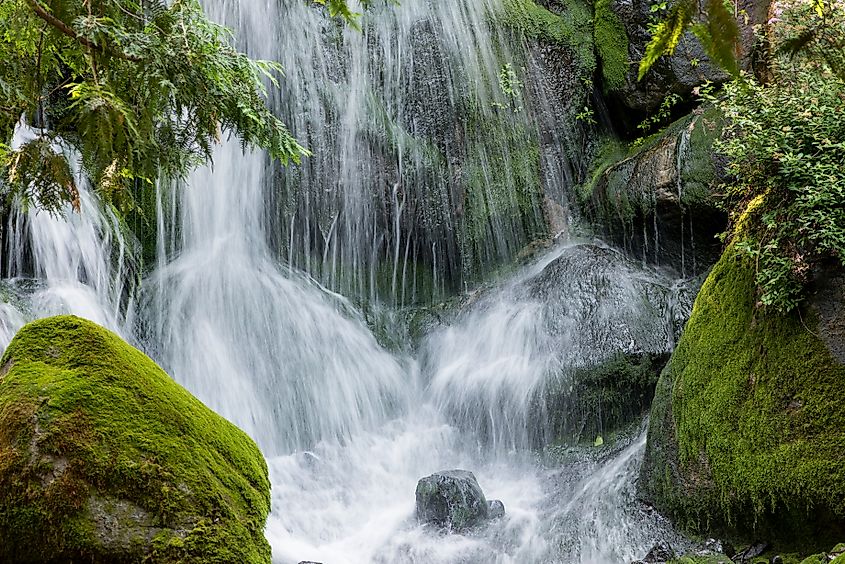
Chanhassen Arboretum, officially known as the Minnesota Landscape Arboretum, is situated just about 30 minutes southwest of Minneapolis and 45 minutes away from St. Paul. The Arboretum offers an easily accessible escape into a world of botanical diversity and scenic landscapes. The facility is part of the University of Minnesota and serves as a major center for horticultural research and education. Spanning over 1,200 acres, it includes a variety of gardens, model landscapes, and natural areas. This expansive setting provides a unique opportunity to study plant species from around the globe, including native and exotic varieties, facilitating a better understanding of plant ecology, conservation, and landscape design.
The Arboretum features meticulously curated collections that showcase different ecological and thematic gardens, such as the Japanese Garden, Rose Garden, and the more recently developed Pollinator Garden. Each garden is designed to demonstrate the role of plant biodiversity in ecosystem health and sustainability. For those interested in environmental science, the Arboretum offers a living laboratory where one can observe the interactions between plant species and their environments. Educational programs and guided tours enhance visitors' understanding of botanical science and the importance of plant conservation. Additionally, the Arboretum’s emphasis on ecological stewardship and its seasonal displays provide dynamic insights into the changing climates and their effects on local and global flora.
Valleyfair

Valleyfair is located just a 30-minute drive from Minneapolis and a 35-minute drive away from St. Paul. As the largest amusement park in the Upper Midwest, Valleyfair features over 75 rides and attractions, including roller coasters, water rides, and live entertainment. This amusement park provides an engaging environment where visitors can experience the principles of physics in real-time, particularly through its variety of high-speed roller coasters and spinning rides. The dynamic forces, acceleration, and engineering behind each ride make it a practical demonstration of applied physics, offering a fun and immersive learning experience.
The park's layout and the design of its queue systems reflect considerations of efficiency and guest experience, which are critical in managing large volumes of visitors. Furthermore, Valleyfair’s commitment to safety and its implementation of state-of-the-art safety protocols serve as another learning point in risk management and engineering. Educational programs occasionally offered at the park can deepen visitors' understanding of the science behind amusement park operations. For residents and visitors of Minneapolis looking for a day trip that offers both entertainment and educational value, Valleyfair proves to be an exemplary choice.
St. Croix State Park
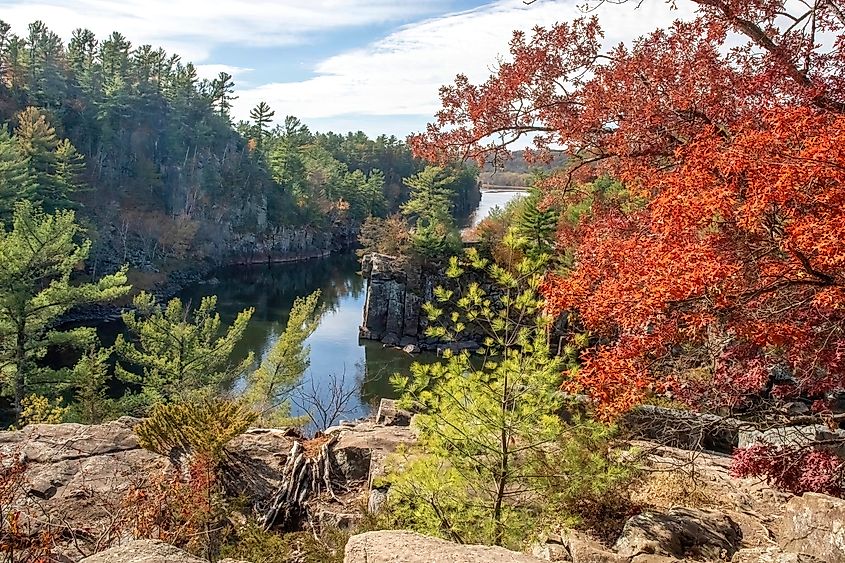
St. Croix State Park, located approximately 90 minutes north of Minneapolis, spans over 34,000 acres at the confluence of the St. Croix and Kettle Rivers. As one of Minnesota’s largest state parks, it showcases extensive biodiversity and varied ecosystems, including deciduous forests and pine barrens. These environments provide excellent opportunities for ecological study and nature observation, highlighting the park’s role in the conservation of native species and natural habitats. The presence of the St. Croix River, a designated National Scenic Riverway, adds to the park’s scenic beauty and its ecological importance, offering a natural corridor for wildlife and a diverse aquatic ecosystem.
The park's landscape has been shaped by glacial deposits, river erosion, and sedimentation processes, presenting an outdoor laboratory where visitors can study geological formations and their impacts on the current landscape. Additionally, the park’s extensive trail system and waterways allow for a variety of activities such as hiking, canoeing, and horseback riding, which can be educational as well as recreational. The park’s historical sites, including the remnants of the Civilian Conservation Corps (CCC) efforts during the 1930s, offer insights into the human impact on natural landscapes and the early conservation movements in the United States.
Taylors Falls
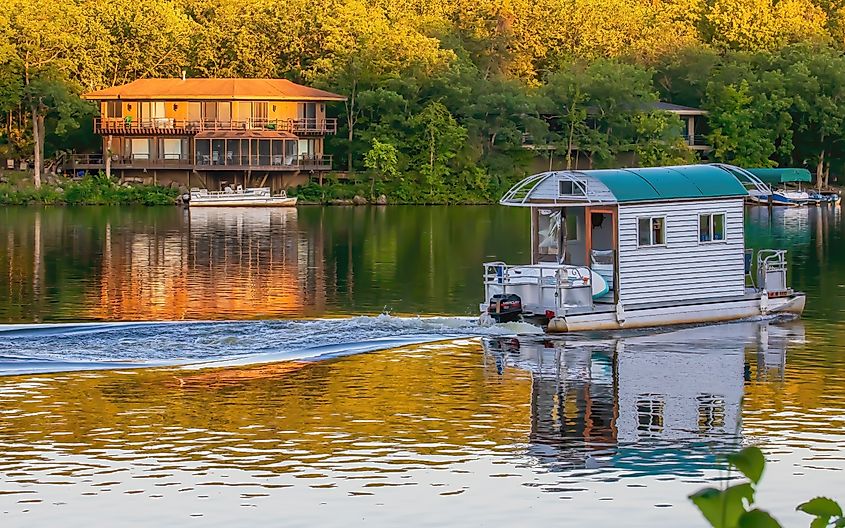
This small, historic town lies on the banks of the St. Croix River and is renowned for its dramatic river bluffs and distinctive basalt rock formations, which were formed by volcanic activity millions of years ago, followed by extensive glacial erosion. These geological processes have sculpted a landscape that not only provides stunning visual scenery but also serves as an excellent field site for studying rock formations and glacial history. The presence of the St. Croix River enhances the region's biodiversity, supporting a variety of aquatic and terrestrial species, making it a valuable resource for environmental scientists and naturalists.
In addition to its geological allure, Taylors Falls is part of the St. Croix National Scenic Riverway, which offers ample opportunities for outdoor recreational activities such as hiking, canoeing, and rock climbing, allowing visitors to engage closely with the natural environment. The town itself is steeped in history, with well-preserved buildings and structures that reflect its early development during the logging era. This blend of natural beauty and historical significance makes Taylors Falls a multifaceted destination, providing insights into both natural history and human impact on the landscape. Educational trails like those in Interstate State Park, which is famously known for its “potholes” carved out by swirling river waters and debris during the last Ice Age, offer visitors a hands-on learning experience about the forces that shape our natural world.
Mankato
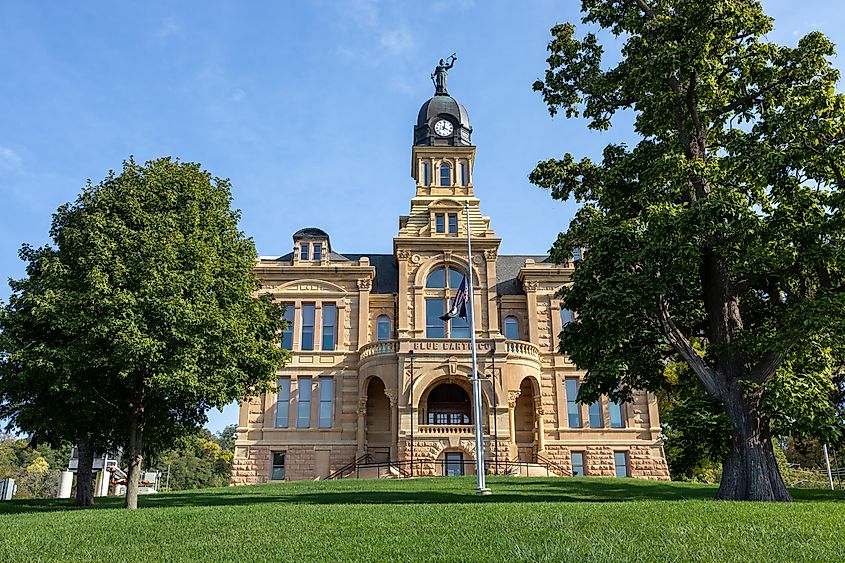
Mankato, located approximately an hour and a half drive from Minneapolis, is situated at the bend of the Minnesota River, which plays a crucial role in shaping the region's landscape and ecological dynamics. The river valley features distinct geological formations, including vast river bluffs that provide insight into the sedimentary processes that have shaped the area over millennia. These natural features not only offer dramatic vistas but also serve as excellent locations for geological and environmental education. Mankato's surrounding countryside is dotted with numerous parks and conservation areas, such as Minneopa State Park, where visitors can explore the native prairie ecosystem and observe its diverse wildlife, including the bison herd reintroduced as part of regional conservation efforts.
The city of Mankato itself integrates its rich historical backdrop with modern attractions, making it a comprehensive educational and leisure destination. The area's history, marked by significant events such as the U.S.-Dakota War of 1862, is captured in various local museums and historical sites, offering visitors insights into the complex interactions between Native American tribes and European settlers. Additionally, Mankato's commitment to the arts is evident in its vibrant arts scene, which includes public art installations, galleries, and performance venues that enrich the cultural experience. Outdoor enthusiasts can enjoy extensive biking and hiking trails that connect key points of interest around the city and along the river, providing both physical activity and educational opportunities.
Rochester
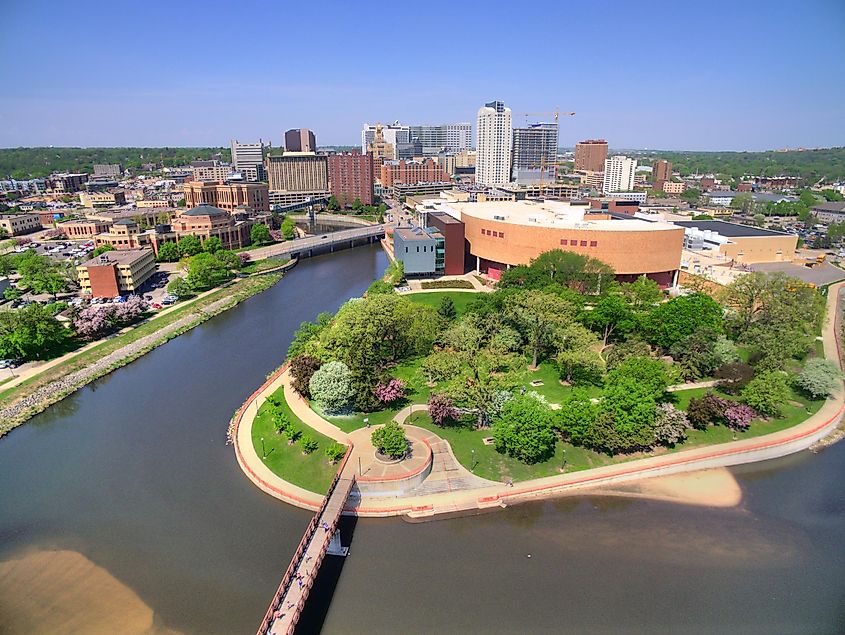
Rochester, renowned for its medical prowess as the home of the Mayo Clinic, is located just a 90-minute drive south of Minneapolis. The city's strong focus on healthcare is complemented by its commitment to fostering a robust community environment, where green spaces and cultural sites contribute to its appeal. The presence of the Mayo Clinic not only anchors the city’s identity but also provides unique learning opportunities through its public tours and exhibits on medical history and innovation, offering a glimpse into the advancements that have shaped modern medicine.
Rochester is also vibrant with parks, art centers, and historical buildings, making it a diverse hub for visitors of all interests. The Rochester Art Center, located along the Zumbro River's scenic banks, offers contemporary art exhibitions and educational programs that engage the community and visitors in meaningful artistic dialogue. Meanwhile, the city's park system, including Silver Lake Park, provides ample space for outdoor activities and nature exploration, enhancing the urban experience with a touch of natural beauty. These green spaces are not only recreational assets but also serve as habitats for local wildlife, offering spots for bird watching and environmental education.
Alexandria Chain of Lakes
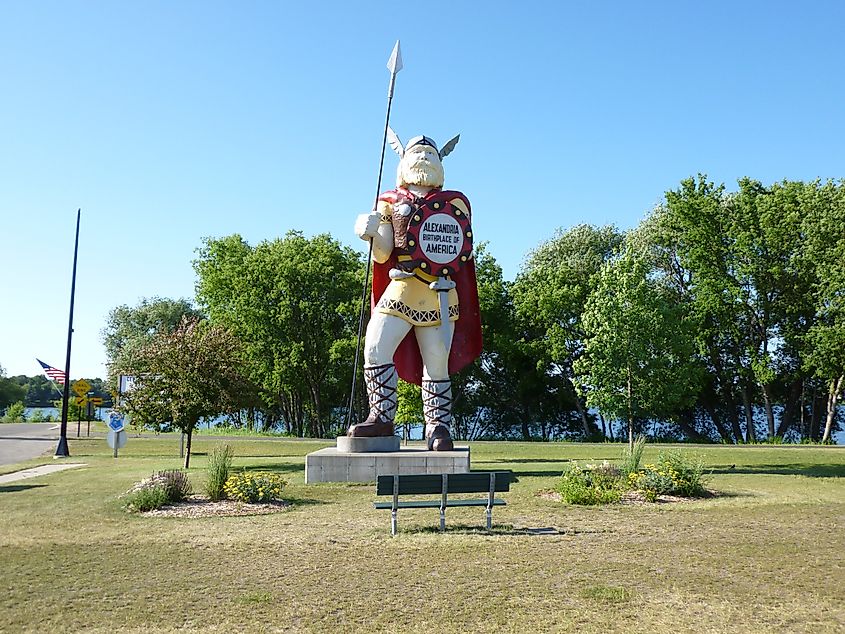
Alexandria Chain of Lakes, a mesmerizing cluster of lakes located in central Minnesota, is an ideal destination for a day trip, particularly for those departing from Minneapolis. Just a two-hour drive from Minneapolis, which hosts the Minneapolis-Saint Paul International Airport, the Chain of Lakes area offers a peaceful retreat from urban life, featuring multiple lakes interconnected by channels that are navigable for most of the year. This unique hydrological system supports a diverse range of aquatic ecosystems, which are perfect for studying freshwater biology and environmental science. The lakes' clean waters and lush surroundings provide habitats for various fish species and wildlife, making them an excellent location for educational fieldwork in biology and ecology.
Boating, fishing, and water sports are popular pastimes here, with ample facilities to rent equipment and access the water easily. The surrounding area is also equipped with trails for hiking and biking, which allow visitors to explore the terrestrial ecosystems adjacent to the lakes. These trails offer not only physical activity but also the chance to observe local flora and fauna in their natural habitats. Moreover, the region’s historical and cultural sites, including the Runestone Museum, which houses the Kensington Runestone, provide a glimpse into the area's rich past and add an educational layer to the visit.
Pipestone National Monument

Pipestone National Monument, located in southwestern Minnesota, is situated approximately three hours from Minneapolis. The monument is famed for its quarries of red pipestone, a soft rock that Native American tribes have traditionally used to carve pipes. Geologically, this pipestone layer is part of the Sioux Quartzite formation, a hard, pink quartzite that underlies much of the region. The contrast between the durable quartzite and the softer pipestone offers an excellent opportunity for educational exploration into the sedimentary rock formation and the geological history that shaped the area.
The site has been considered sacred by many Native American tribes for centuries, who come to quarry the pipestone using traditional methods passed down through generations. This cultural practice is supported by the monument's mission to protect both the natural resources and the cultural traditions tied to them. Visitors can witness these traditions firsthand, gaining insights not only into the craft of pipe carving but also into the spiritual beliefs that imbue the landscape with meaning. Furthermore, the park's natural prairie ecosystem, restored and maintained around the quarries, offers a glimpse into the tallgrass prairie that once covered vast areas of Minnesota.
In conclusion, venturing beyond the urban energy of Minneapolis unveils a tapestry of memorable experiences across Minnesota. These twelve outstanding day trips offer a perfect blend of natural beauty, historical depth, and recreational opportunities, all within a short drive. Whether you seek serene landscapes, rich cultural insights, or active adventures, Minnesota’s diverse destinations are sure to enrich your understanding and appreciation of this vibrant state, proving that some of the best explorations are just a day trip away.











